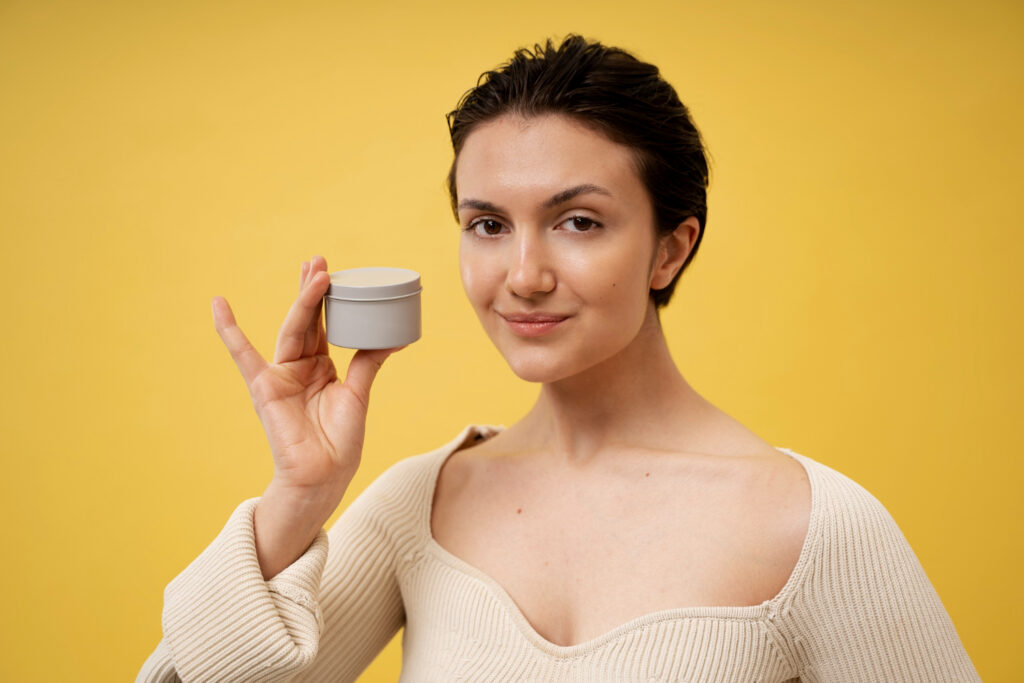Worried about finding the right ointment for those minor cuts and scrapes? Before reaching for that tube of tacrolimus ointment, let’s explore whether it’s the best option for your needs.
Tacrolimus ointment is a common prescription medication that many people use for certain skin conditions. But when it comes to small cuts, is it really the best choice?
In this blog post, we’ll take a closer look at tacrolimus ointment, its intended uses, and why it might not be suitable for treating minor wounds. We’ll also cover some essential wound care tips and alternatives to consider.
What is Tacrolimus Ointment?
Description and Brand Names
Tacrolimus ointment, often known by its brand name Protopic, is a topical medication used to treat specific skin conditions. It’s primarily prescribed for moderate to severe atopic dermatitis, a type of eczema that causes itching, redness, and inflammation.
Common Uses and Prescribed Conditions
Tacrolimus is an immunomodulator, which means it helps regulate the body’s immune response. It works by decreasing the activity of certain cells that cause inflammation and allergic reactions, making it particularly effective for conditions like atopic dermatitis.
How Tacrolimus Works
By suppressing the immune system’s overactive response, tacrolimus reduces symptoms such as itching, redness, and swelling. This makes it easier for patients to manage their condition and maintain healthier skin.
Can You Use Tacrolimus Ointment on Small Cuts?
No, it’s not recommended to use tacrolimus ointment on small cuts.
Why It Is Not Suitable for Cuts
Tacrolimus is designed to treat specific skin conditions and is not formulated for open wounds or cuts. Using it on cuts can delay healing and increase the risk of infection.
Risks of Using Tacrolimus on Open Wounds
Applying tacrolimus to cuts can lead to complications such as increased irritation, infection, and slower wound healing. It’s crucial to use the right type of ointment for the right kind of skin issue.
Proper Uses of Tacrolimus Ointment
Conditions It Treats
Tacrolimus ointment is typically used to manage skin conditions like:
- Eczema
- Atopic dermatitis
Areas of the Body Where It Can Be Applied
Tacrolimus is safe to use on areas affected by dermatitis, including:
- Face
- Neck
- Elbows and knees
- Other specific areas as directed by a healthcare provider
Benefits of Using Tacrolimus Ointment
Reduction in Itching, Redness, and Inflammation
One of the primary benefits of tacrolimus is its ability to alleviate severe itching, redness, and inflammation associated with atopic dermatitis.
Long-Term Management of Atopic Dermatitis
Patients who use tacrolimus ointment often find it effective for long-term management of their condition, allowing them to lead more comfortable lives.
Comparison to Other Treatments
Compared to other treatments like corticosteroids, tacrolimus offers a non-steroidal option that may be preferable for some patients, particularly for long-term use.
When Not to Use Tacrolimus Ointment
On Open Wounds or Cuts
Avoid using tacrolimus on any open wounds, cuts, or sores to prevent complications.
On Infected Skin
Do not apply tacrolimus to infected areas of skin, as it can exacerbate the infection.
In Cases of Known Allergy to Tacrolimus
If you have a known allergy to tacrolimus, consult your doctor for alternative treatments.
For Conditions Not Diagnosed by a Doctor
Only use tacrolimus for conditions that have been specifically diagnosed and prescribed by a healthcare professional.
Does Tacrolimus Slow Wound Healing?
How Tacrolimus Affects the Immune Response
Tacrolimus suppresses the immune system, which can slow down the body’s natural healing processes. This makes it unsuitable for treating open wounds or cuts.
Potential Impact on Wound Healing Process
Using tacrolimus on cuts can delay wound healing, increase the risk of infection, and lead to other complications.
Clinical Studies or Expert Opinions
Clinical studies and expert opinions strongly advise against using tacrolimus on open wounds due to its potential to hinder the healing process.
How to Apply Tacrolimus Ointment
Step-by-Step Application Guide
- Clean and dry the affected area.
- Apply a thin layer of tacrolimus ointment.
- Gently rub it in until fully absorbed.
Dosage and Frequency Recommendations
Follow your doctor’s instructions regarding dosage and frequency. Typically, it’s applied twice daily.
Tips for Effective Use and Maximizing Benefits
- Use as prescribed.
- Avoid covering the treated area unless advised by your doctor.
- Wash your hands after applying the ointment.
Potential Side Effects of Tacrolimus Ointment
Common Side Effects
Some patients may experience:
- Burning sensation
- Redness
- Itching
Serious Side Effects
In rare cases, more severe side effects can occur, such as:
- Increased risk of skin infections
- Swelling
- Severe itching
What to Do If Side Effects Occur
If you experience any severe side effects, stop using the ointment and contact your healthcare provider immediately.
Alternatives to Tacrolimus Ointment
Other Topical Treatments for Dermatitis
Other topical treatments include corticosteroids and non-steroidal anti-inflammatory creams.
Over-the-Counter Options
OTC options like hydrocortisone creams can be effective for mild cases of dermatitis.
Natural Remedies and Lifestyle Changes
Consider natural remedies such as aloe vera, coconut oil, and maintaining a balanced diet to support healthy skin.
Conclusion
Tacrolimus ointment is a powerful tool for managing atopic dermatitis, but it’s not suitable for treating small cuts or open wounds. Always consult with a healthcare provider before using any medication. If you have any experiences or questions, feel free to share them in the comments section below.
FAQs
When Not to Use Tacrolimus Ointment?
Avoid using tacrolimus on open wounds, infected skin, and if you have a known allergy to it.
Does Tacrolimus Slow Wound Healing?
Yes, it can slow the healing of wounds due to its immune-suppressing properties.
Where Can I Use Tacrolimus Ointment?
It is approved for use on areas affected by atopic dermatitis, such as the face, neck, and limbs.
What is Tacrolimus Ointment Good For?
Tacrolimus is primarily used for managing moderate to severe atopic dermatitis.


